Pinophyta

Succulent Grass
Albuca namaquensis

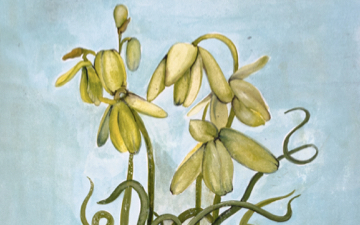
3 POINTS
HILL
FACT: The flowers that bloom from the corkscrew albuca have an aroma similar to vanilla.

Norway Spruce
Picea abies


3 POINTS
FACT: During the Ice Age, few Norway spruces grew in ice-free areas. After the retreat of the ice, the trees spread to the milder tundra landscape.

Black Spruce
Picea mariana

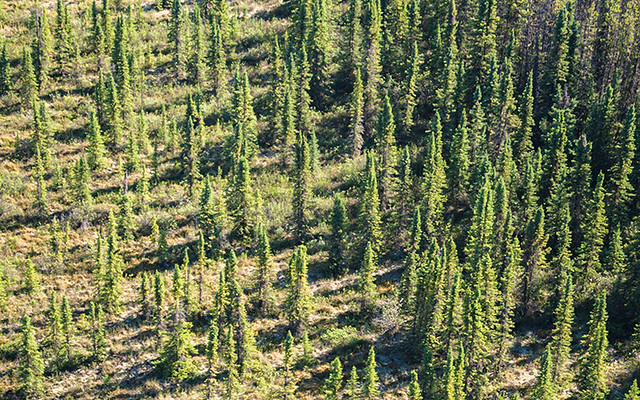
3 POINTS
Fact: Black spruce cones grow in a large clump at the top of the tree to protect them from wildfire-giving the trees a characteristic type.

White Spruce
Picea glauca

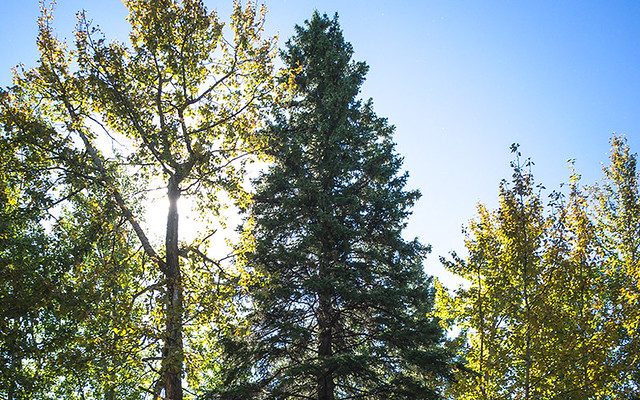
3 POINTS
Fact: White spruce is a climax tree species in the boreal forest; it grows up in the understory shade, then takes over until the next fire.

Norfolk Island Pine
Araucaria mirabilis

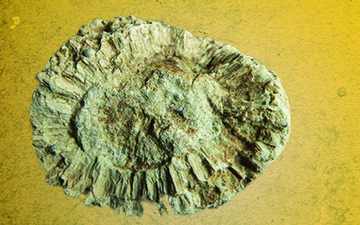
2 POINTS
Fact: Araucarian conifers were dominant during the Jurassic period. They were found in tropical rain forests.

Pacific Yew
Taxus brevifolio

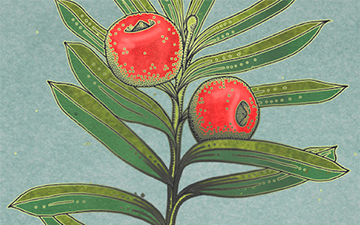
1 POINTS
FACT: The drug Paclitaxel is isolated from the bark of the Pacific Yew Tree.